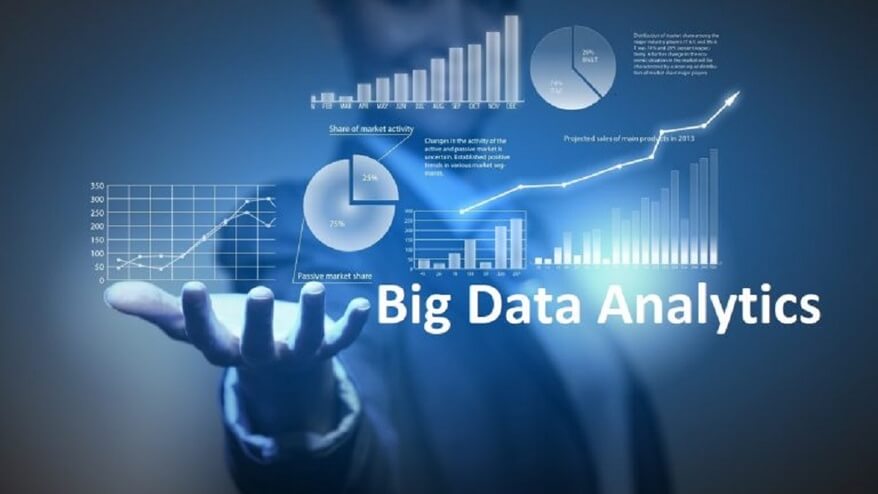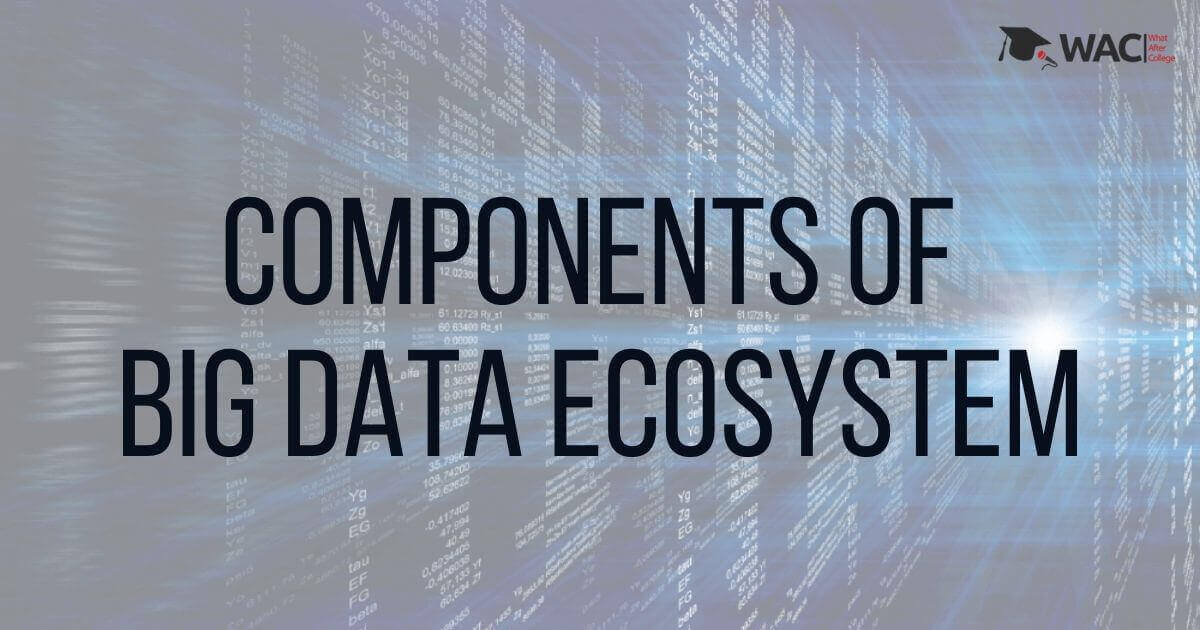The components of a Big Data ecosystem are like a pile in layers, it builds up a stack. It is not a simple process of taking the data and turning it into insights. The tools for the Big Data Analytics ensures a process that raw data must go through to provide quality insights.
The data must first be invested from different sources, stores, and then analyzed before the final presentation. It is a long process that can take months or even years. However, the rewards can be high, a reliable big data workflow can make a huge difference to a business.
We’ll now be introducing each component of the big data ecosystem in detail.
Ingestion
The ingestion is the first component in the big data ecosystem; it includes pulling the raw data. The data comes from many sources, including, internal sources, external sources, relational databases, nonrelational databases, etc. It comes from social media, phone calls, emails, and everywhere else. There are mainly two types of data ingestion.
- Streaming; is a regular flow of data. This type of data ingestion is important for real-time analytics. It requires comparatively more resources because it is continuously monitoring any changes in the data pools.
- Batch; in this, large groups of data are collected and delivered together. The data collection may happen because of conditions, such as, an ad hoc, or maybe based on a schedule.
It’s all about getting the data ingested into the system, the other components come later. However, it presents a lot of challenges. For instance, maintaining security; the raw data is vulnerable to threats. Companies should also maintain compliance with the legal regulations and sift through the data ethically. Ensuring the quality of data is also important. In other words, having corrupt data may not result in quality insights.
Storage
In this component, the data is either stored in a data lake, or in a data warehouse and eventually processed. Many consider the data warehouse/lake to be the most essential component of the big data ecosystem. It must be efficient and relevant to provide quick processing. It needs to be readily accessible.
Lakes are different from warehouses, in the context that they store the original data, which can be used later on. However, in warehouses, the data are grouped together in categories and stored. It is focussed on specific tasks of analytics, and most cannot be used for other analytics. This means that a data lake requires more amount of storage. However, the cloud and other technology have made data storage a secondary concern.
There are obvious benefits to having a data lake, the more data you have, the more flexibility you have in processing it to develop insights.
Analysis
The analysis is the main component of the big data ecosystem. This is where all the work actually happens. It this, the data processing unit brings together all the previous components of the data and passes it through several tools to shape it into insights. There are mainly four types of analytics:
- Descriptive – It described the current standing of a business based on the historical data. It uses the previous patterns to forecast seasonal impacts, sales, etc. The market data and consumer insights help in making sense of the internal metrics of the business.
- Diagnostic – This explains why there is a problem. The analytics dive deeper into the customer info, key performance indicators, and marketing metrics and explains why the actions did not produce the results. It explains in detail which of the actions could not contribute to the projection metrics.
- Predictive – These analytical tools project future outcomes based on past data. It highlights trends and evaluates other metrics, and predicts future outcomes.
- Prescriptive – This is taking the predictive analytics a step ahead. By putting in the inputs and actions in the system, it shows the businesses the best way to move forward. In other words, it prescribes the best way to move forward after evaluating the different actions and other metrics.
Consumption
This is the final component in the Big Data ecosystem. It involves the presentation of the insights and information in a format that is understandable to the user. It can be in the form of tables, charts, visualizations, etc. This is what makes businesses develop a new policy, changes in operations, or producing a new product.
The most important point is that insights should be precise and understandable. In this component, the main user is the executive or the decision-makers in the business, and not a person educated in data science. In other words, They need to be able to understand what picture the data portrays.

All you need to know about Big Data
| Introduction to Big Data | Career Options after Big Data |
| 4 V’s of Big Data | Big Data for Business Growth |
| Uses of Big Data | Benefits of Big Data |
| Demerits of Big Data | Salary after Big Data Courses |
Learn Big Data
| Top 7 Big Data University/ Colleges in India | Top 7 Training Institutes of Big Data |
| Top 7 Online Big Data Programs | Top 7 Certification Courses of Big Data |
Learn Big Data with WAC
| Big Data Webinars | Big Data Workshops |
| Big Data Summer Training | Big Data One-on-One Training |
| Big Data Online Summer Training | Big Data Recorded Training |
Other Skills in Demand
| Artificial Intelligence | Data Science |
| Digital Marketing | Business Analytics |
| Big Data | Internet of Things |
| Python Programming | Robotics & Embedded System |
| Android App Development | Machine Learning |

